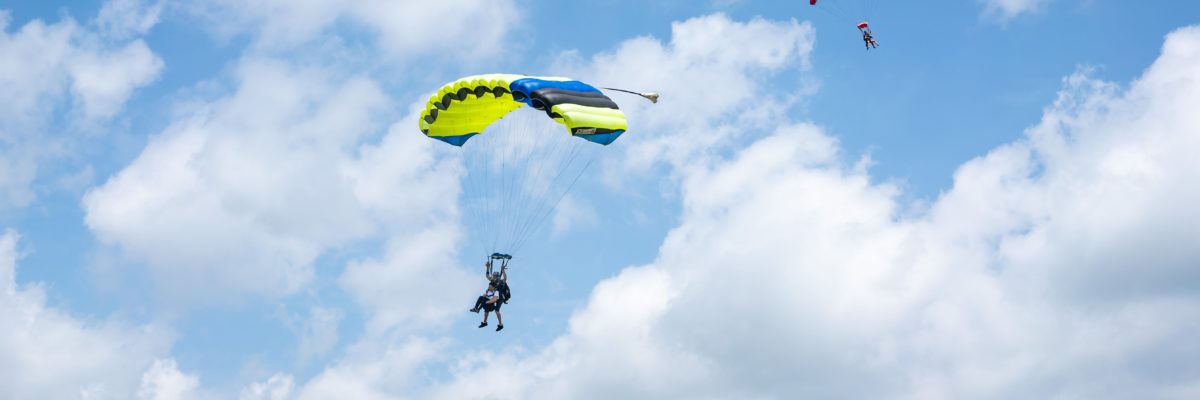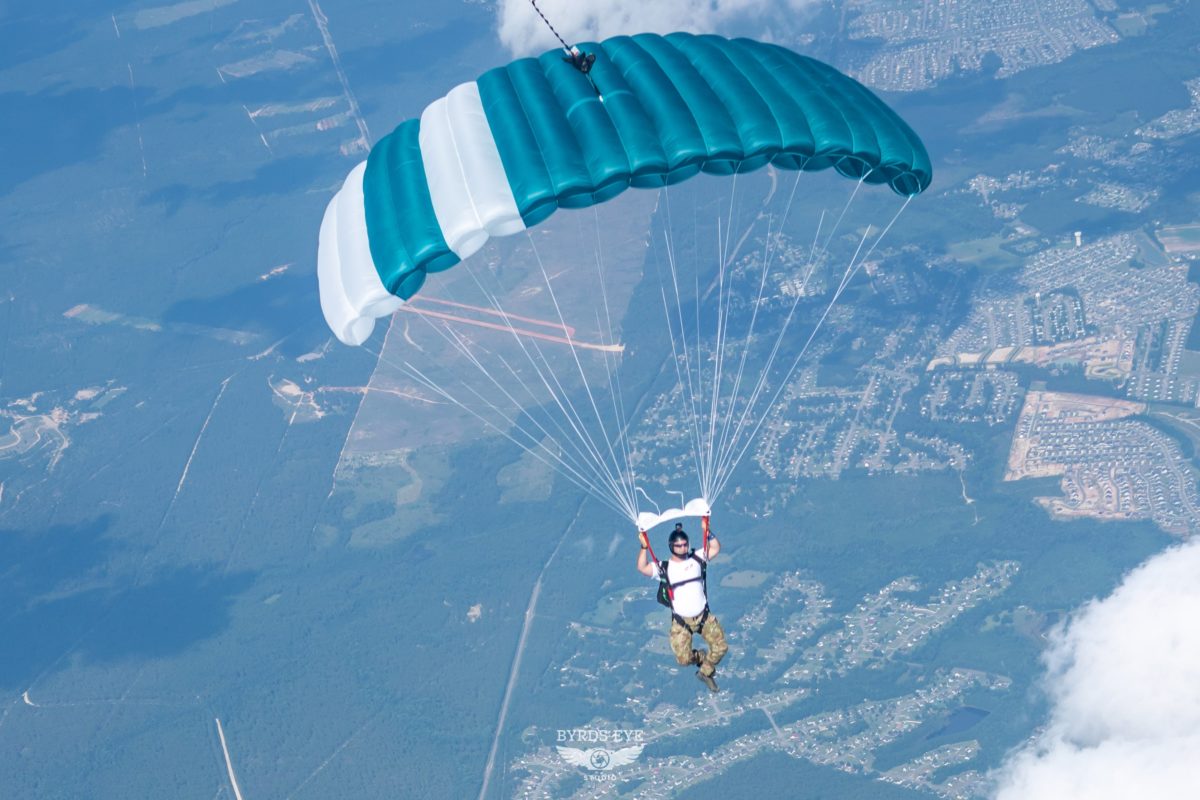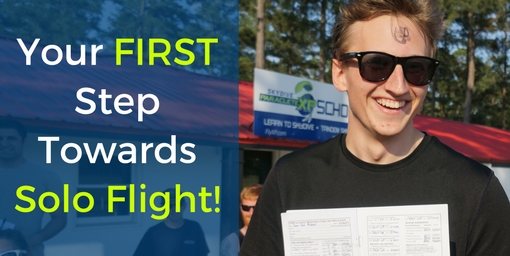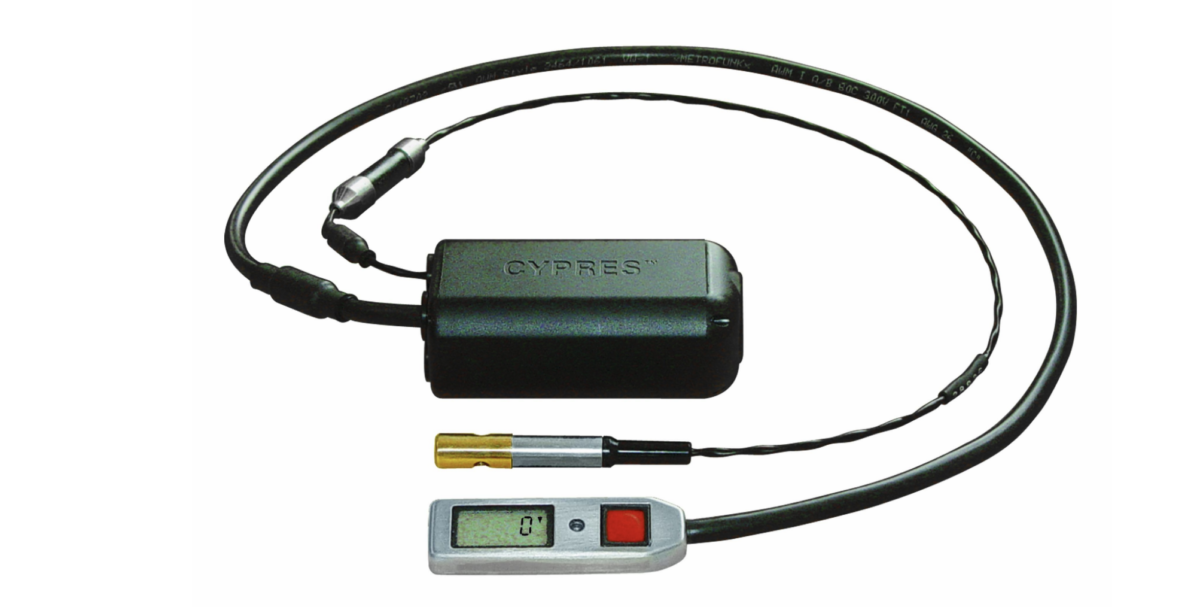
How Do Automatic Parachute Release Systems Work?
Wednesday, January 27, 2021
- Team FlyXP
- 1/27/21
- 0
- Skydiving
Skydiving equipment is at the same time both very sophisticated and wonderfully simple. A parachute works by using the ‘relative wind’ created by your body falling through the air to make it inflate and keep it flying. It has always been like this, with advancements in technology through the years helloing parachutes be better at doing their job – higher performance, smoother deployments, packing up into a smaller space.
A very important addition to the parachute system is the Automatic Activation Device (AAD). Parachutes are very reliable and you always have two, so in the very unlikely event of your main canopy malfunctioning in some way you can jettison it and use your reserve. The AAD answers the questions about what happens if in some way you are unable to deploy your parachute at all – like being either unconscious or completely distracted while still in freefall. Your AAD’s job is to know if you are still falling after you really should have opened your parachute, and then do it for you.

How Does It Work?
The modern skydiving AAD is also both complex and yet designed to be as simple to understand and operate as possible. It has three main parts:
Processing Unit:
This lives hidden away inside your skydiving rig and is the part that continuously measures the air pressure to determine how high you are and how fast you are falling – and then decide if it needs to do something about it.
Control Unit:
This part has one button to switch it on with (and occasionally change a setting if you need to), and a little numeric display to tell you it is functioning properly.
Cutter:
The cutter is placed over the closing loop (the bit of material that keeps everything inside your rig until the right time) of your reserve parachute. If your AAD decides to activate, an electronic signal fires a tiny charge – pushing the wedge-shaped blade though the loop and releasing the parachute.
While the AAD is an advanced piece of technology, it has been purposefully built to be unintrusive. The idea is that you turn it on in the morning when you arrive at the dropzone, and then forget about it for the rest of the day. Student progression, tandem skydiving and use by sport skydivers apply different parameters for precise activation heights and speeds, and there is a special unit for wingsuit pilots – but ‘set it and forget it’ is the most useful way to think about how it works.
CYPRES
There are a few different brands of AAD available, and previous to the early 90’s there were some funky wind-up examples – but the original modern AAD is the CYPRES (Cybernetic Parachute Release System). In the thirty years since being invented, the Cypres unit has saved over 5000 lives and made an undeniable and important contribution to skydiving and parachute safety. The CYPRES was created by Helmut Cloth, a German skydiver who lost a friend to a jumping accident that he felt could have been avoided if only such a little gizmo exhausted – so he set about doing it.
In 30 years of commercial availability AADs have proven highly reliable, and while having one in your rig is not mandatory – today it is highly unlikely that you will encounter a skydiver that doesn’t have one or a dropzone that will let you jump without.
AAD activations are very rare. Skydivers go through entire lifetimes filled with jumping without ever getting into a situation where their AAD would need to open their parachute for them. Training, practice and experience represent layer upon layer of safety in skydiving and parachuting before you get close to the place where use of your AAD resides – yet it is a reassuring thing to always have for those freak occasions when it could be a necessity.

Without a doubt my absolute favorite place to be when I'm out of school and off work. I came here after I made a tandem skydive and decided I wanted to learn and did my AFF. The instructors and coaches are wonderful. You WILL learn here. Loved jumping with Michael, Randy and Mike so much. Even if the drive is 2 1/2 hours and I'm licensed now, I'll keep coming back.
Jenna Nicole
Copyright © 2025, Skydive Paraclete XP, All Rights Reserved.
DropZone Web Design & Marketing by Beyond Marketing, LLC
